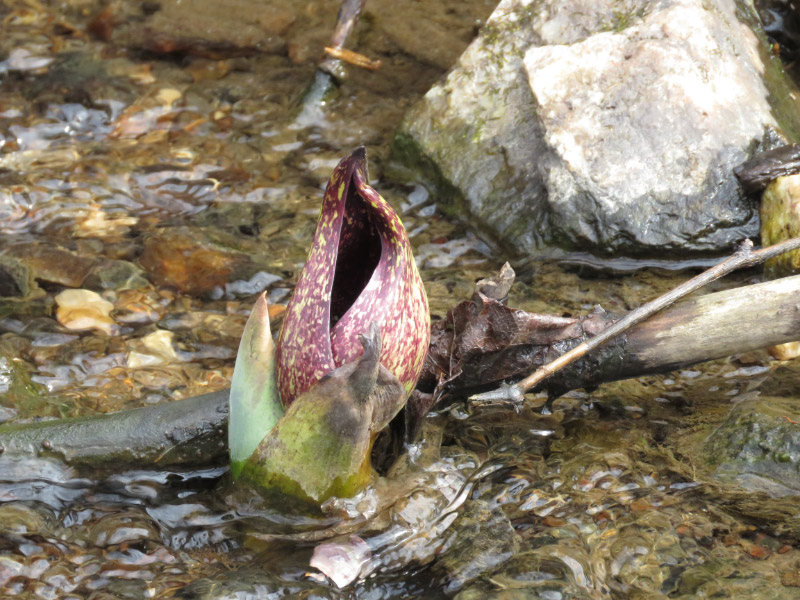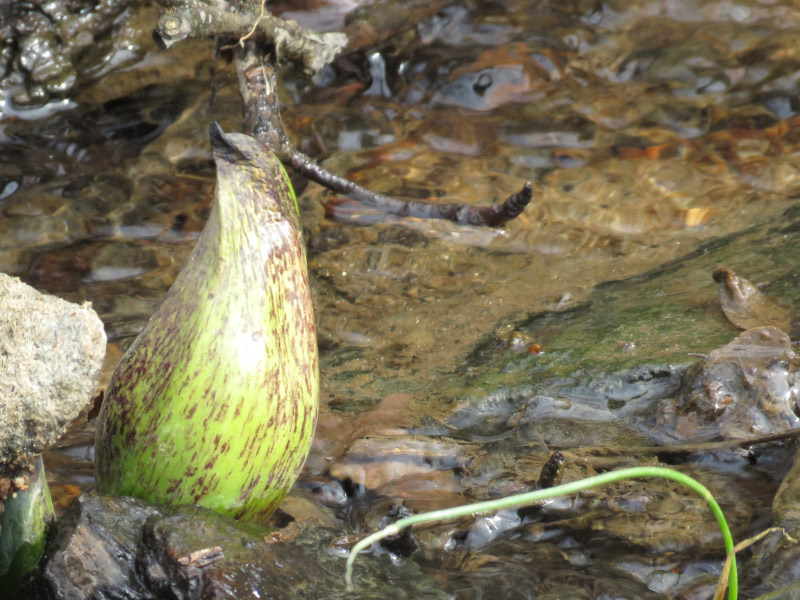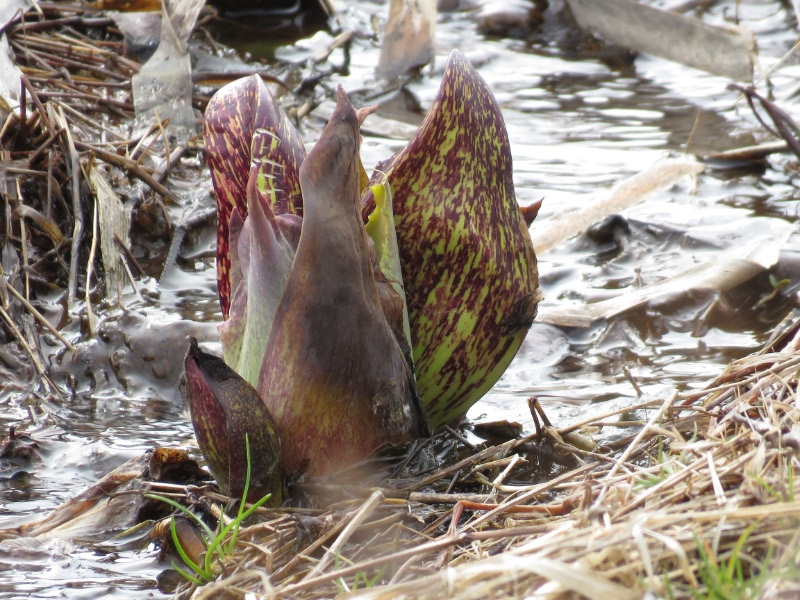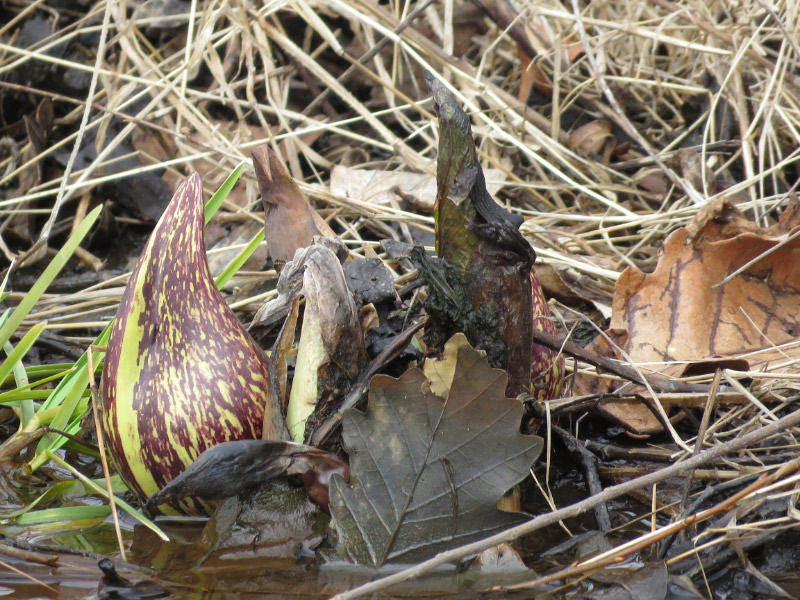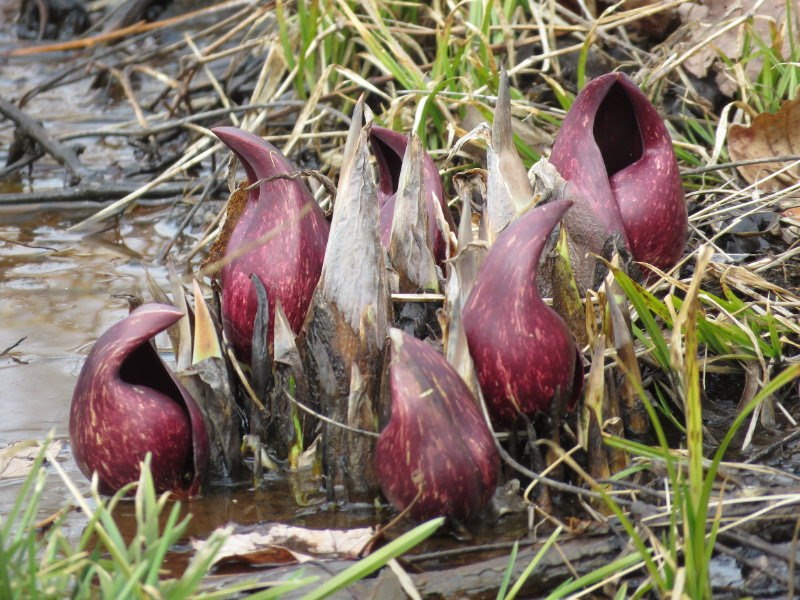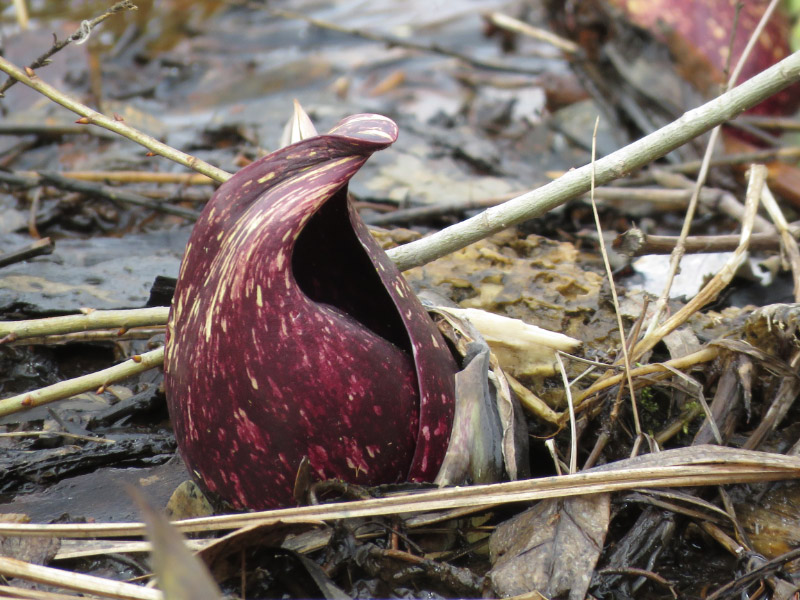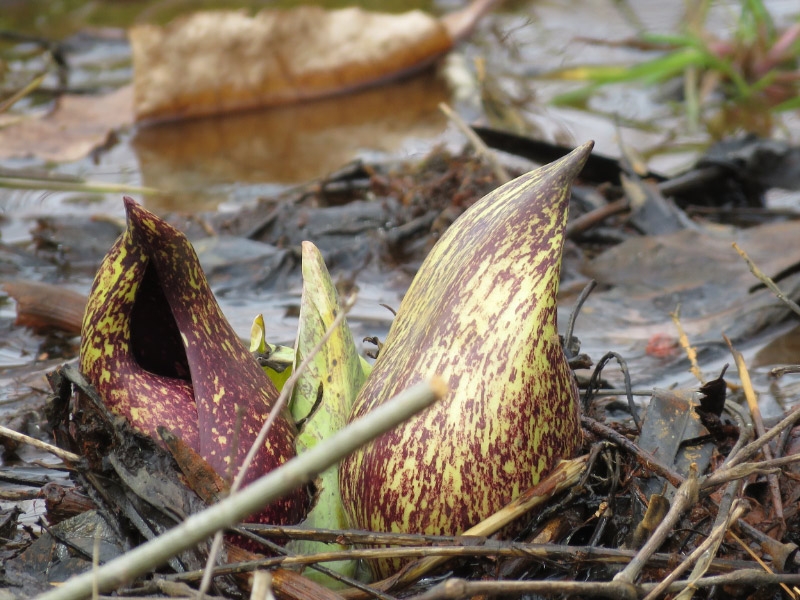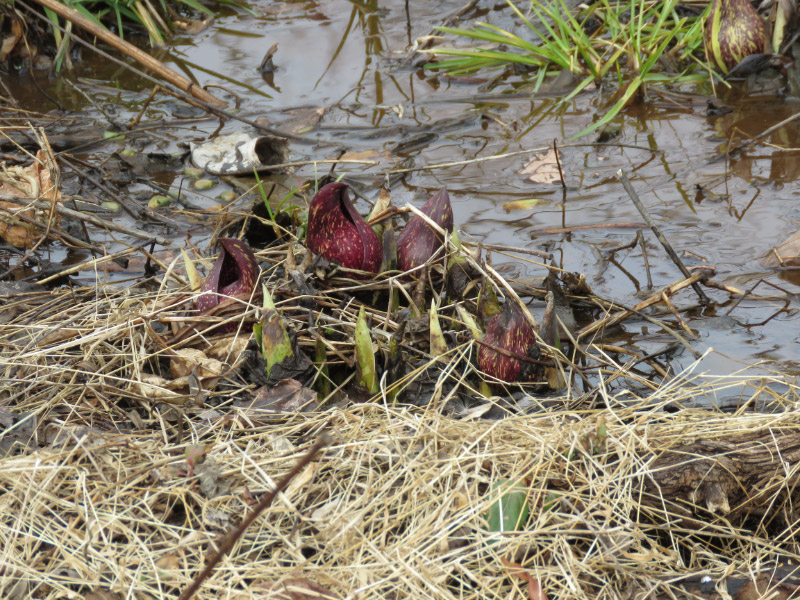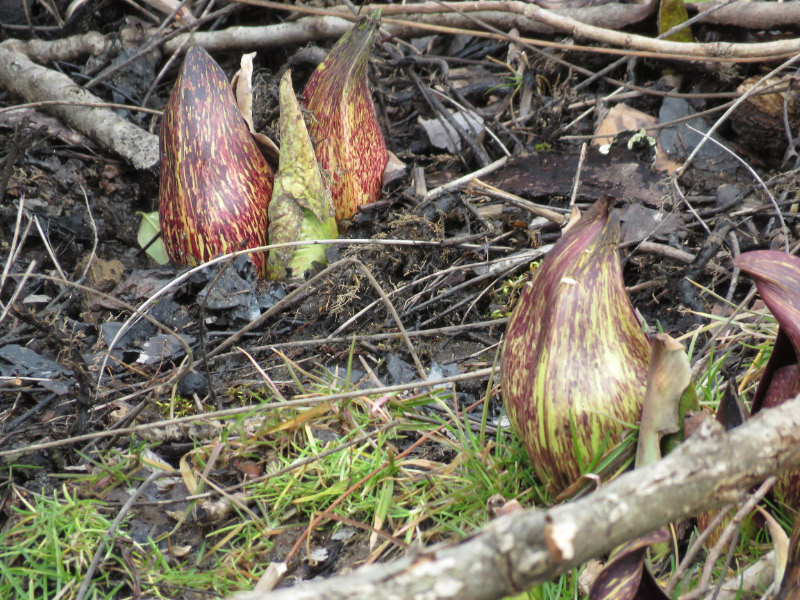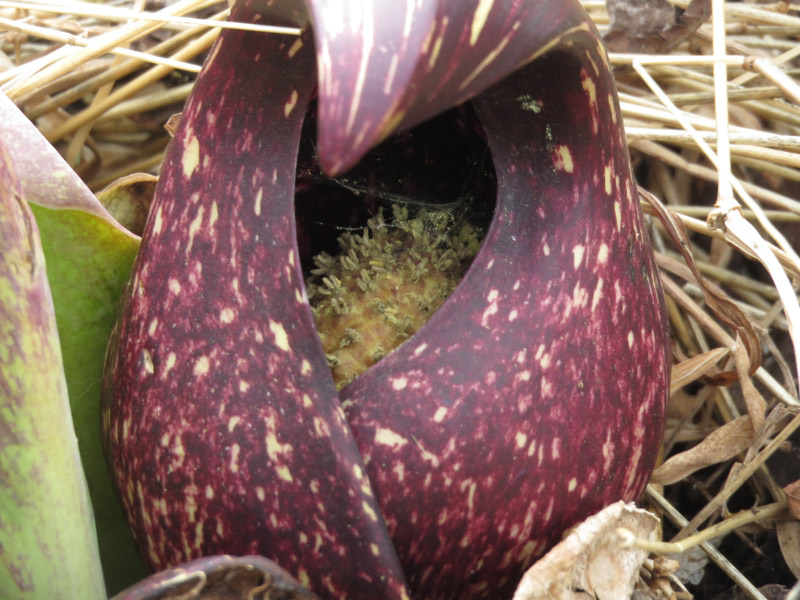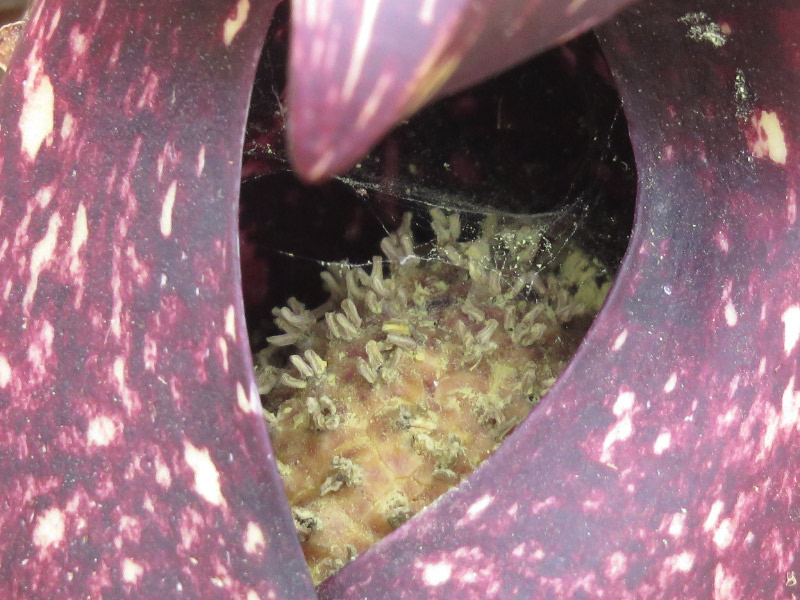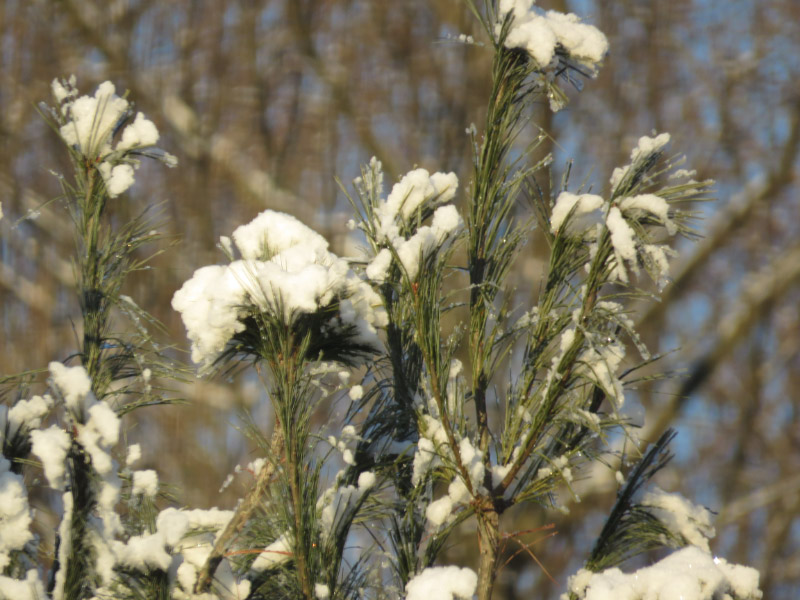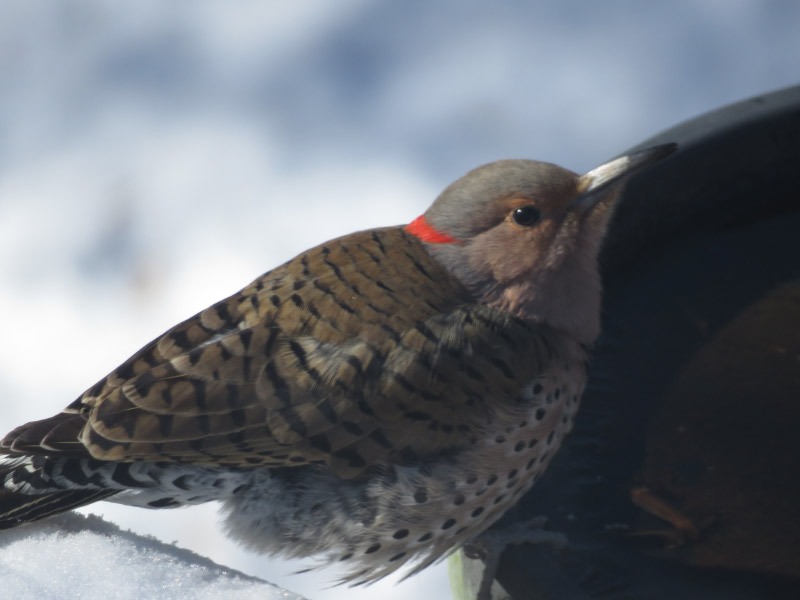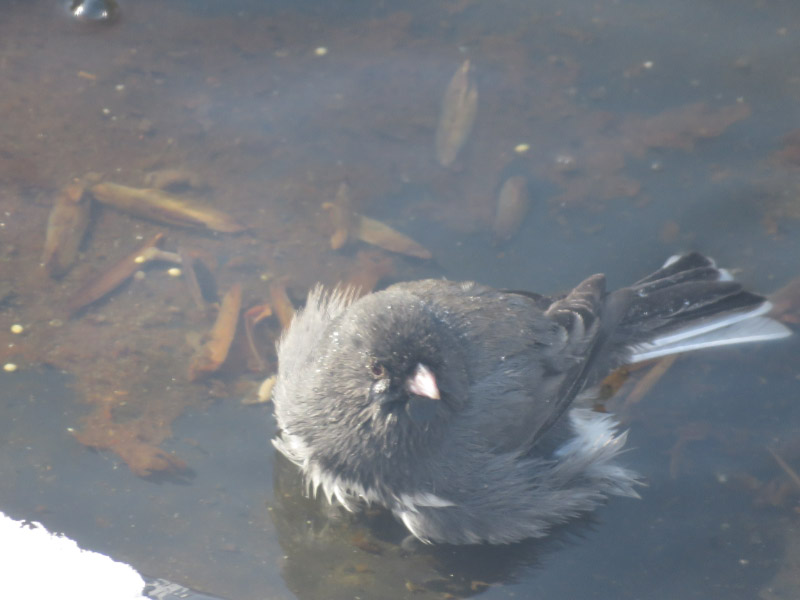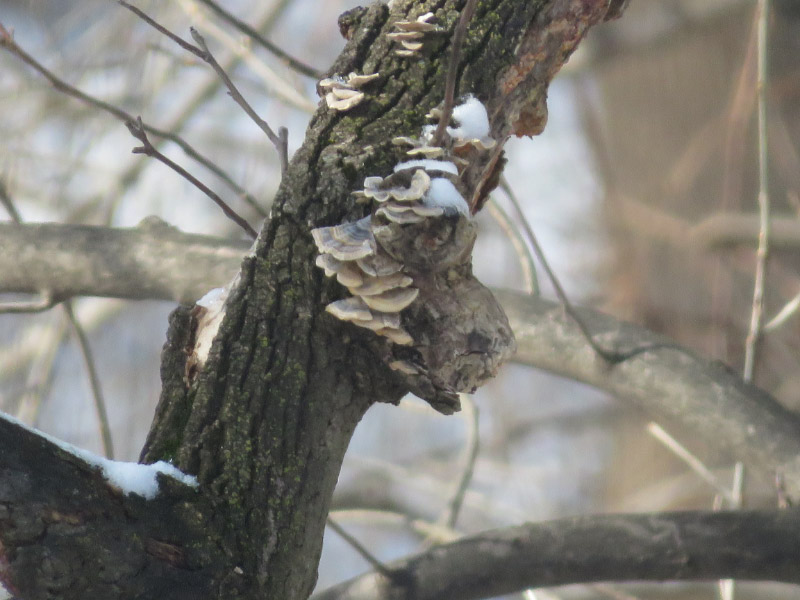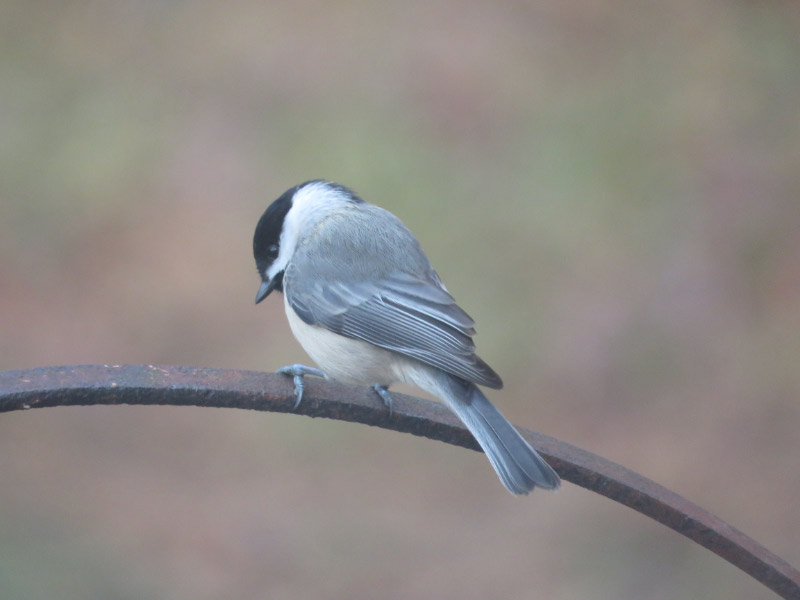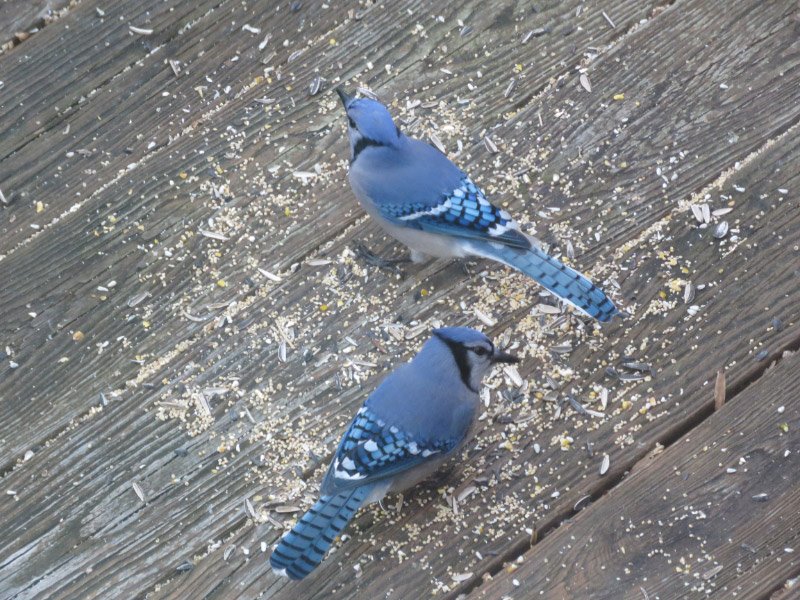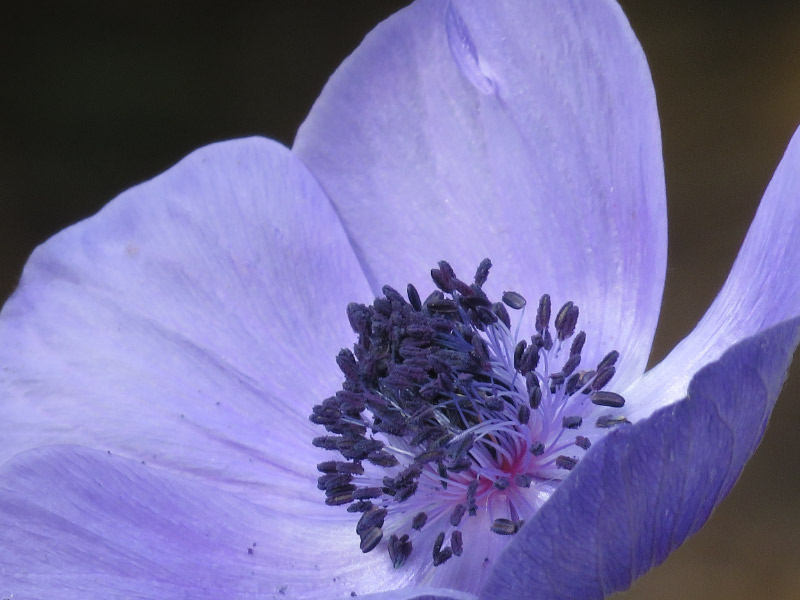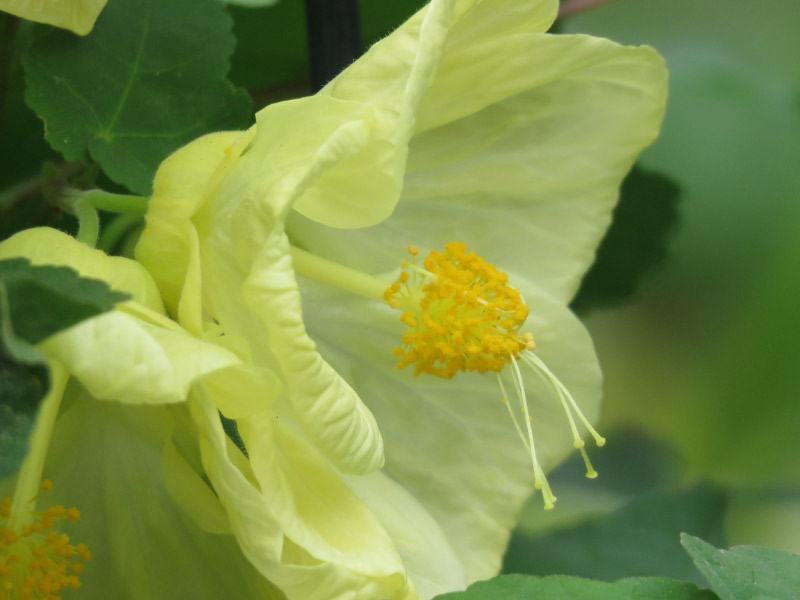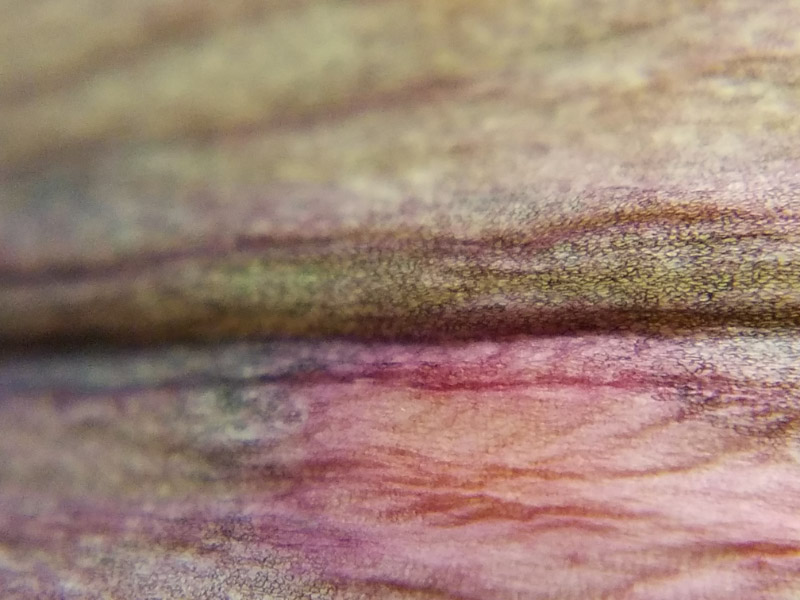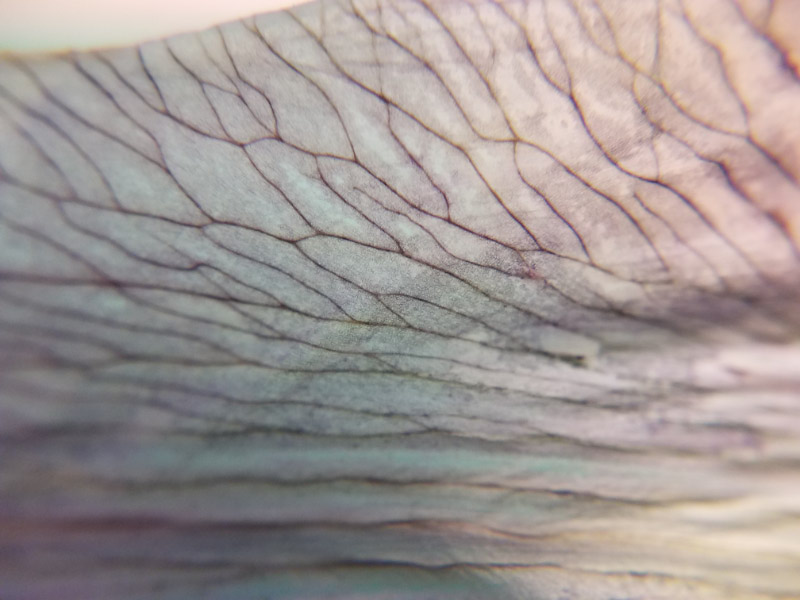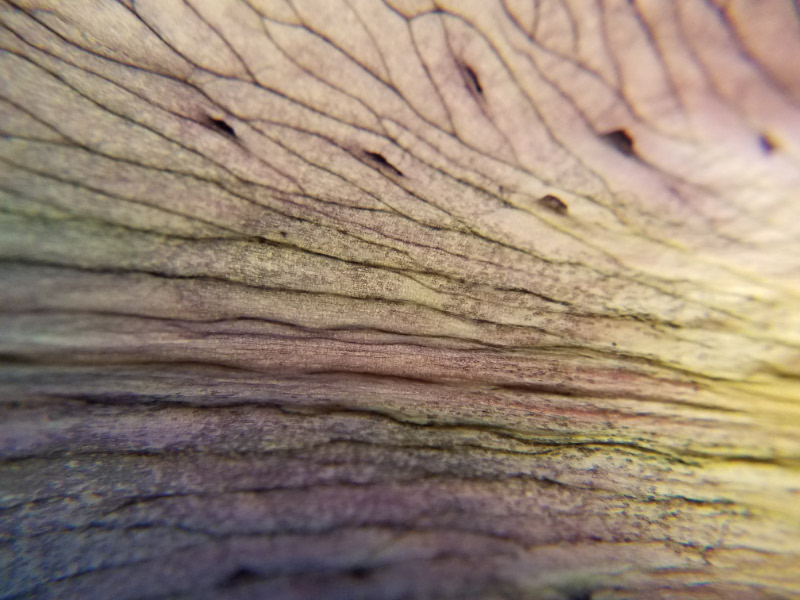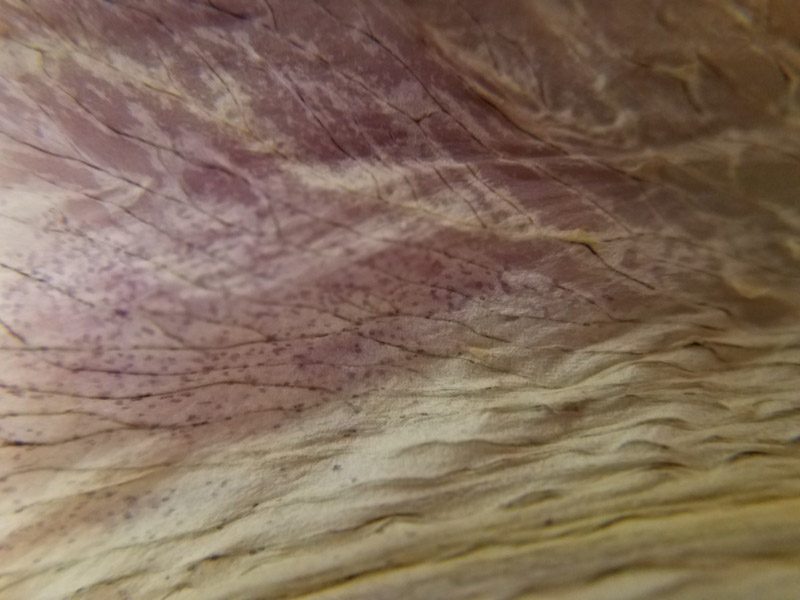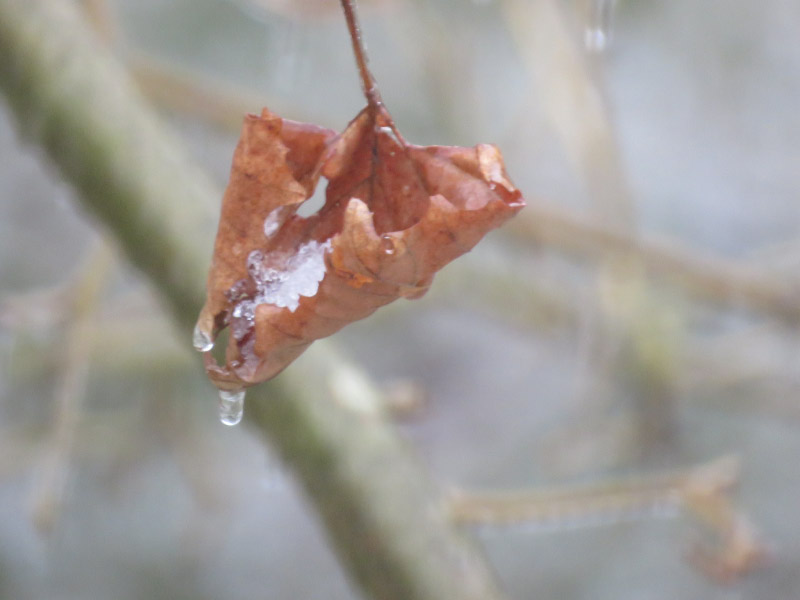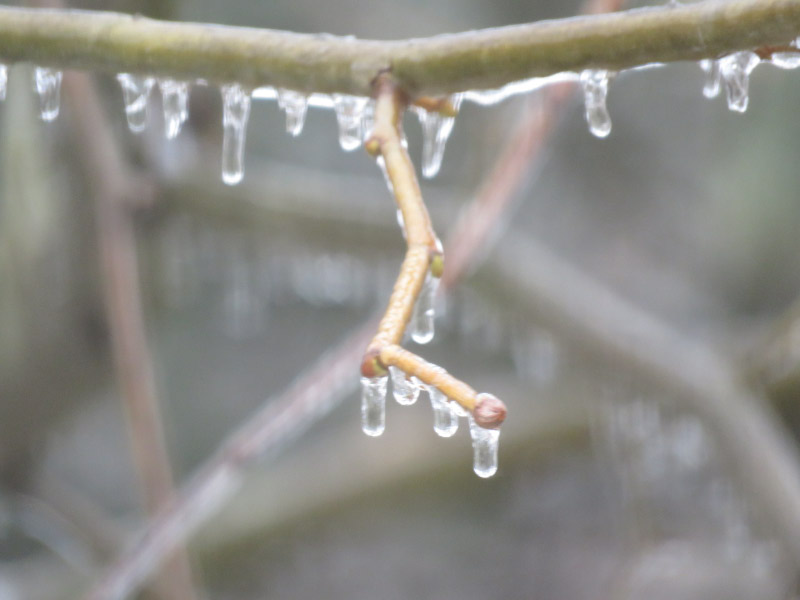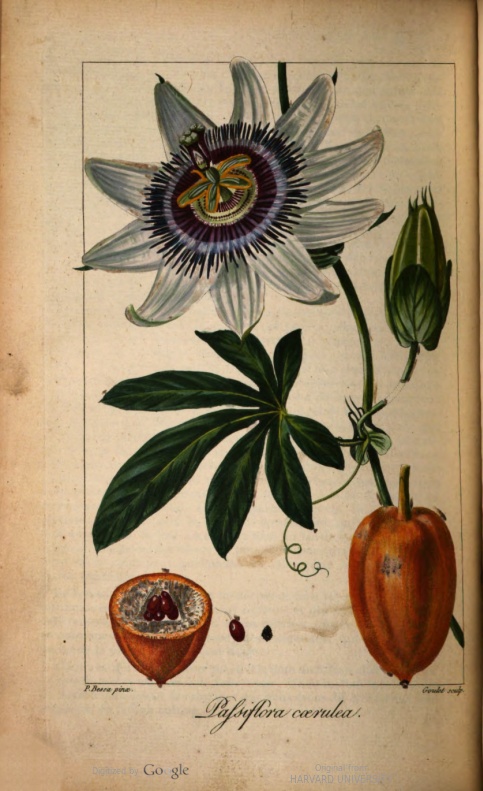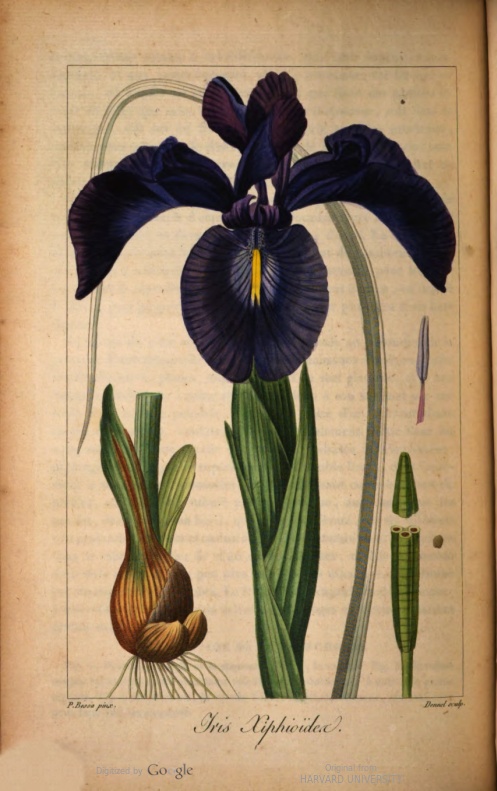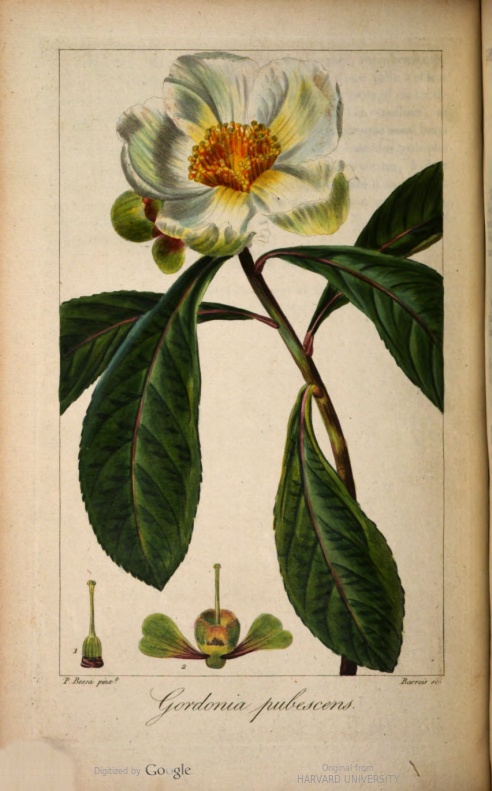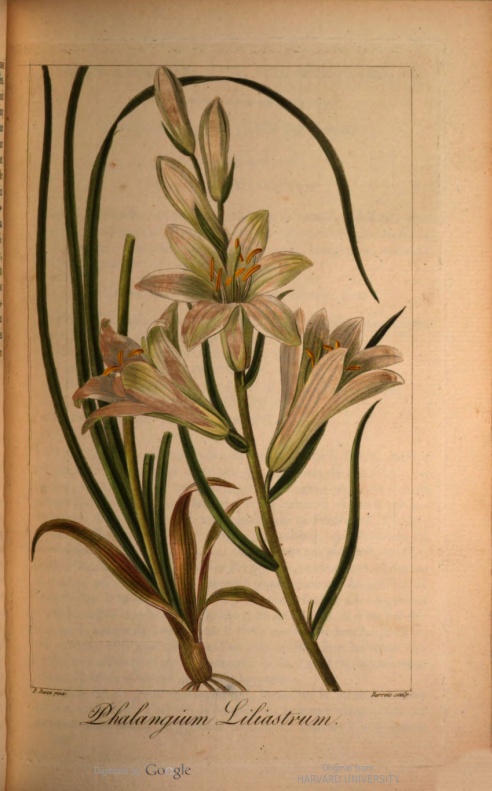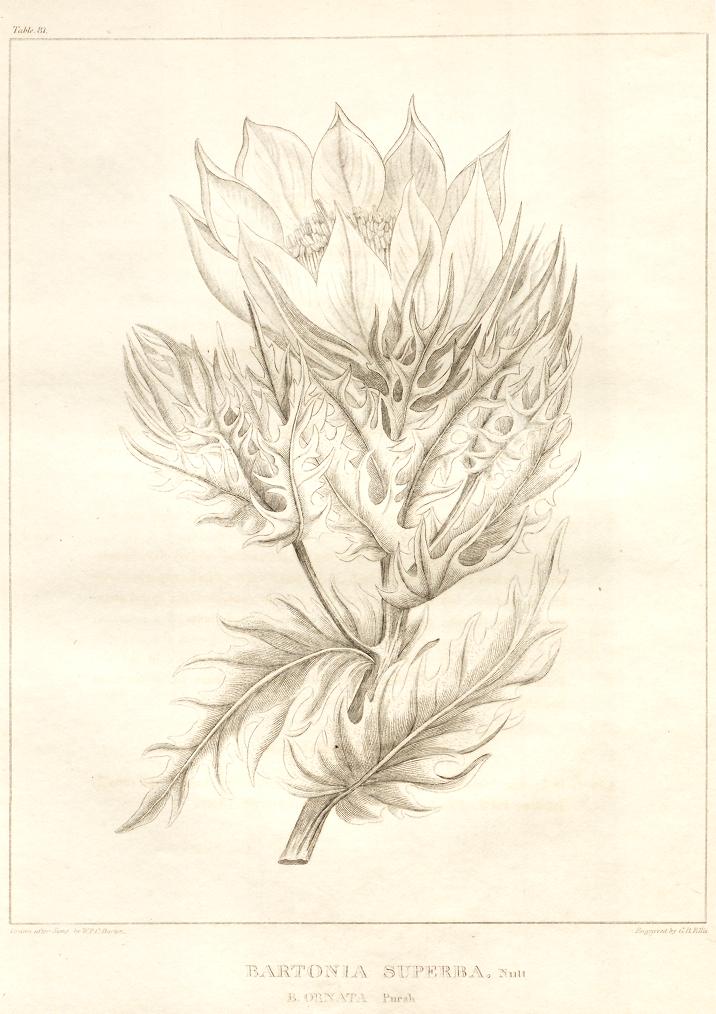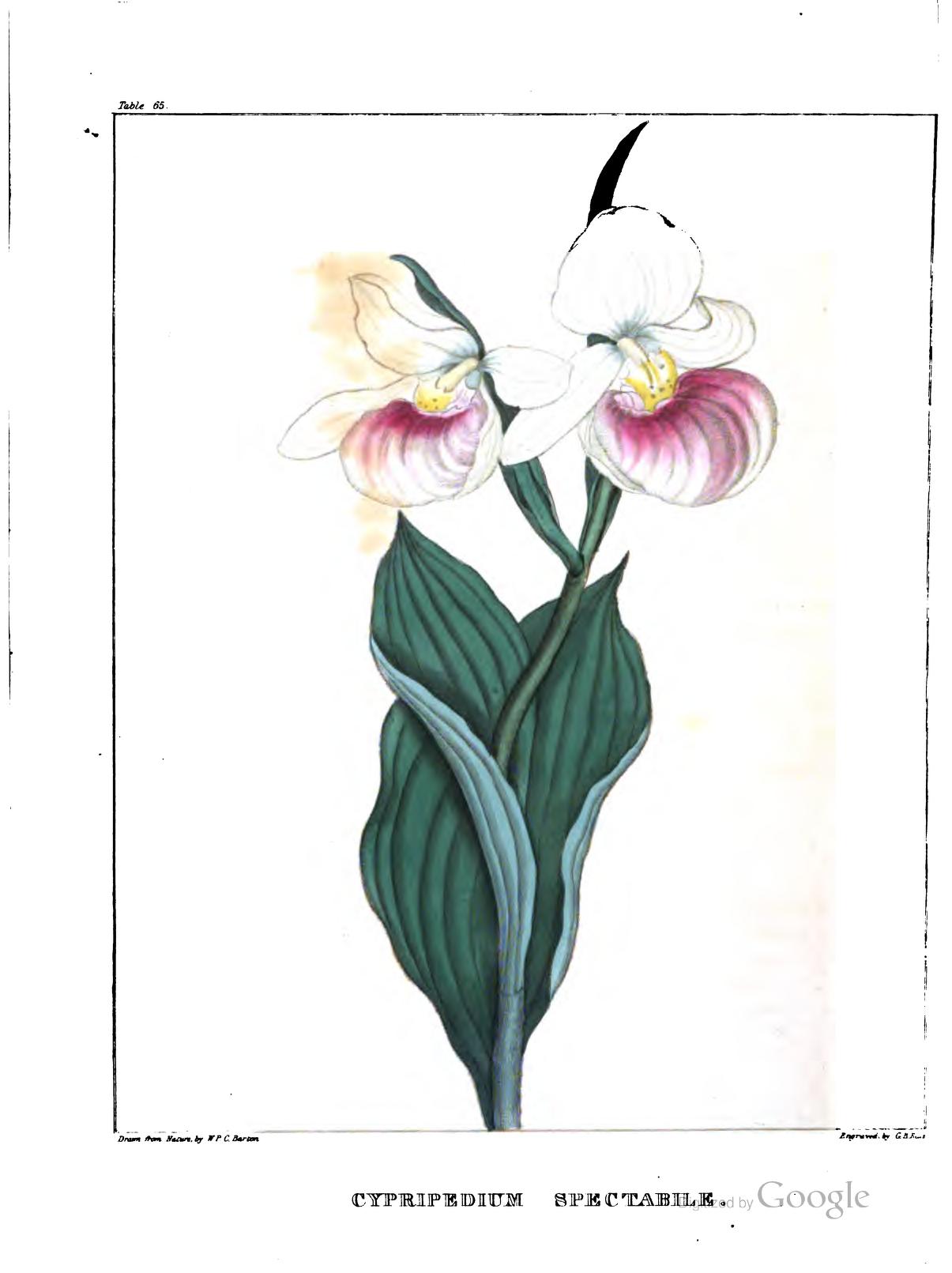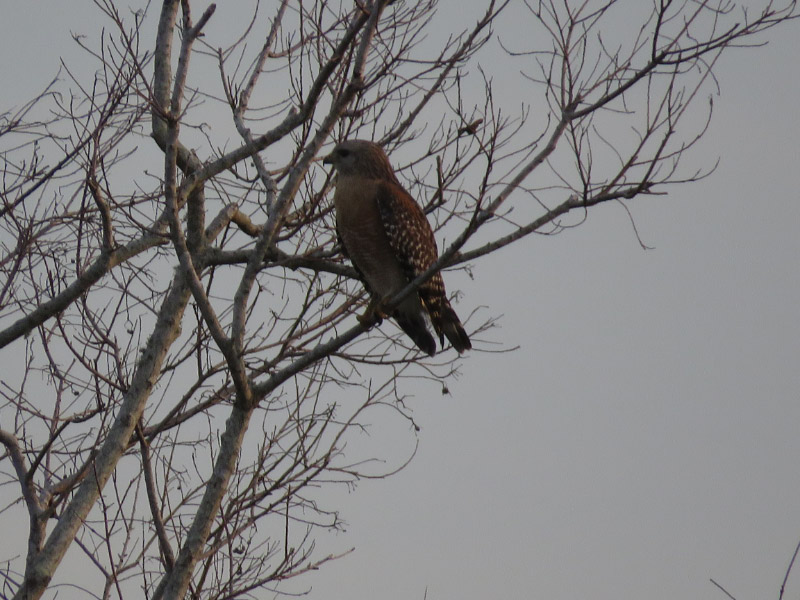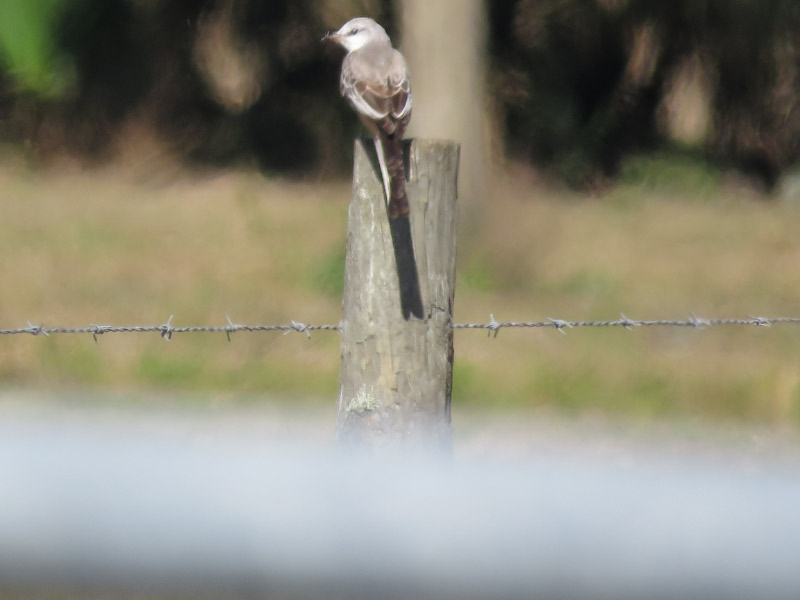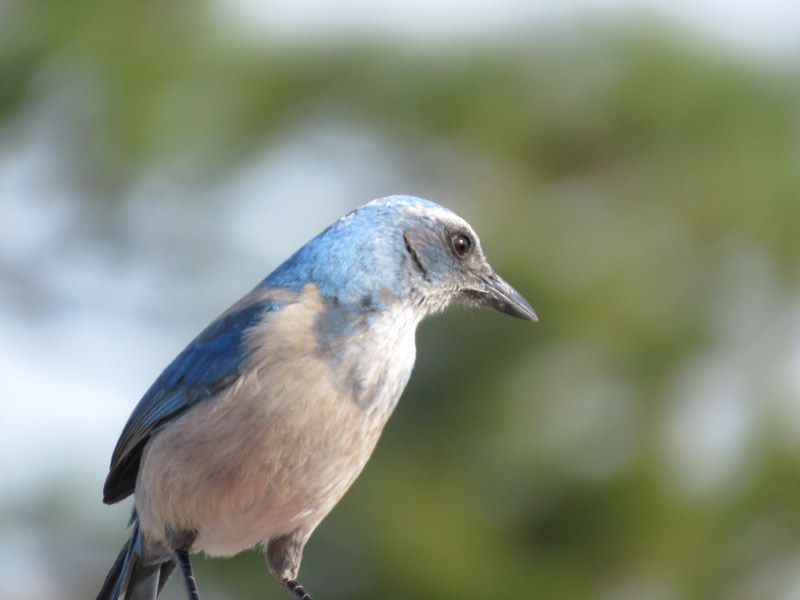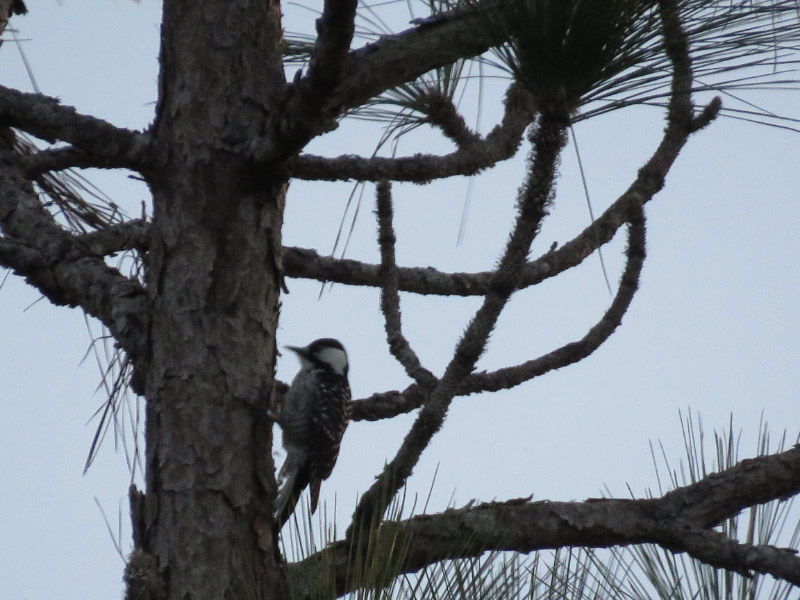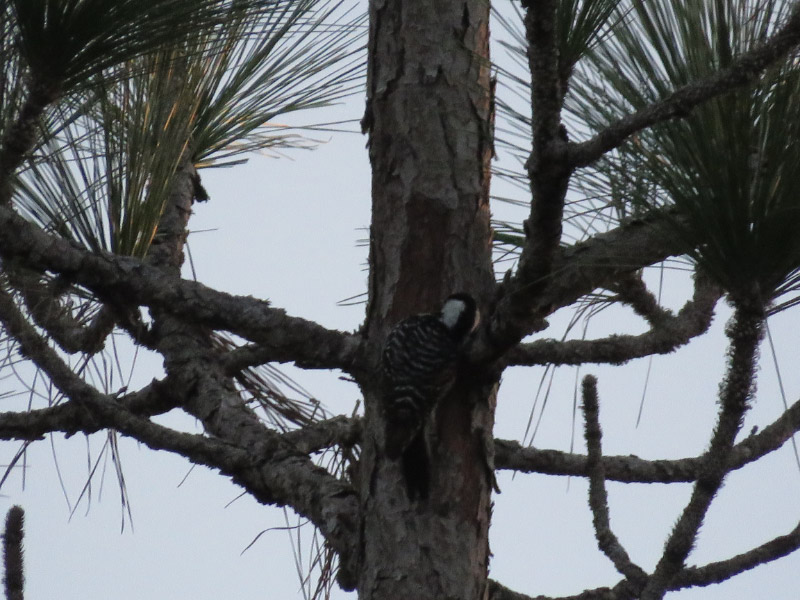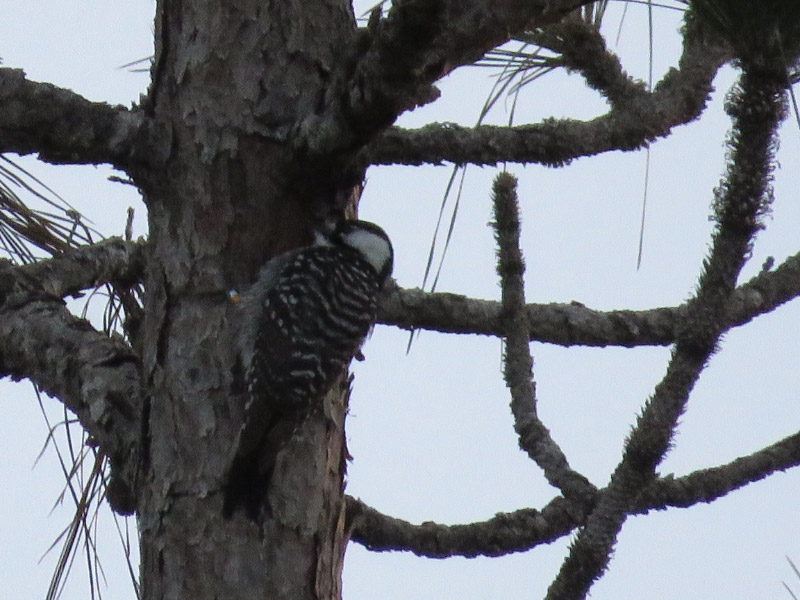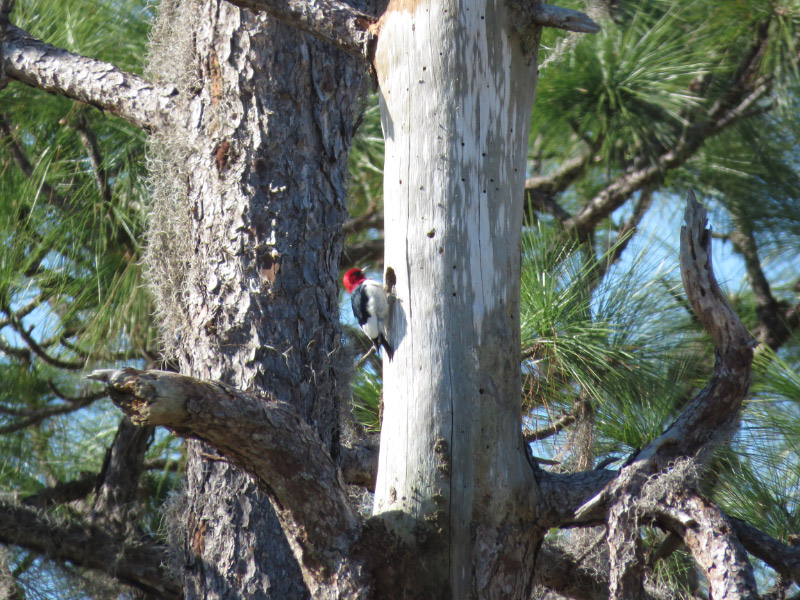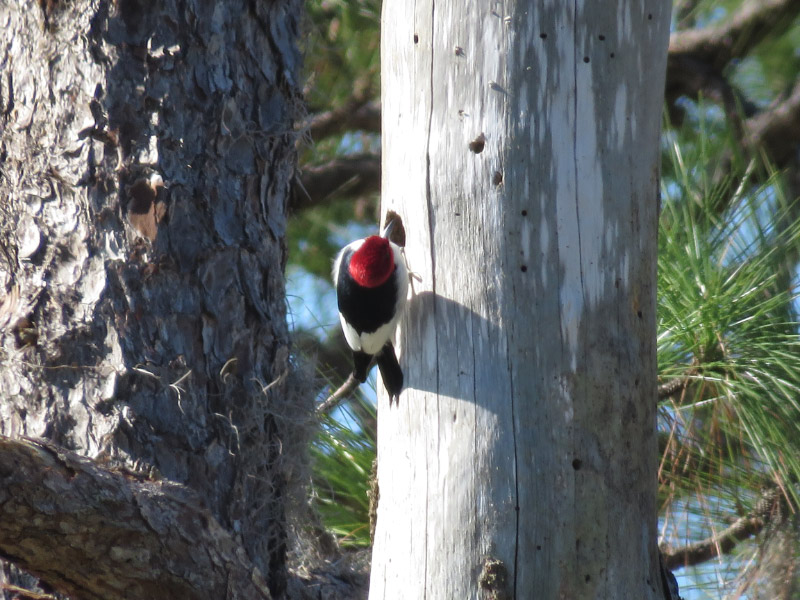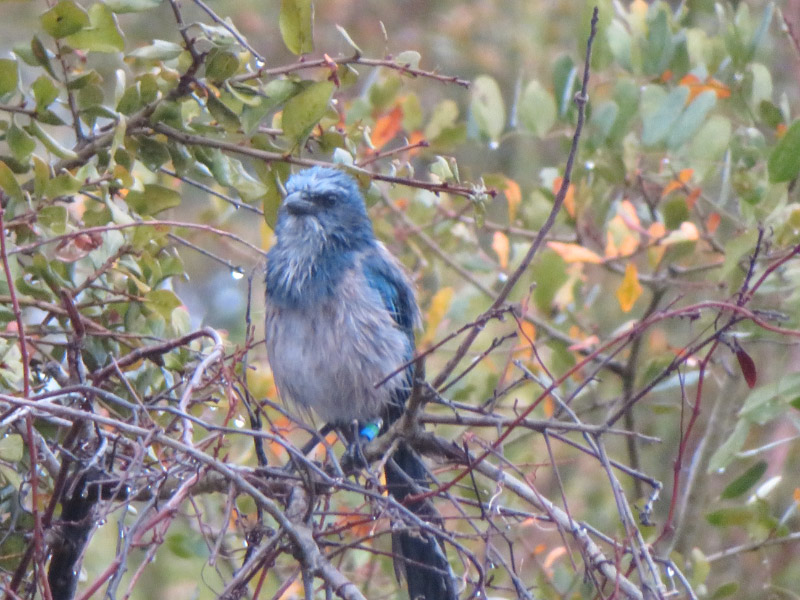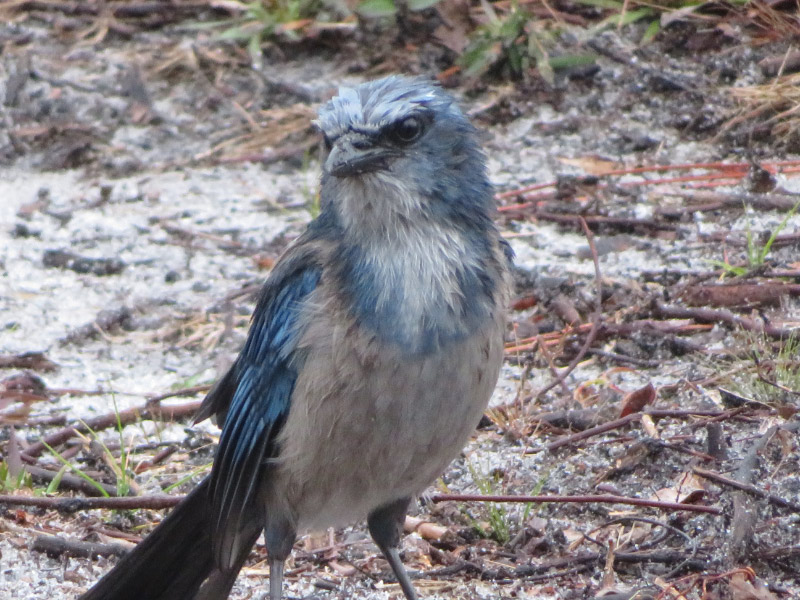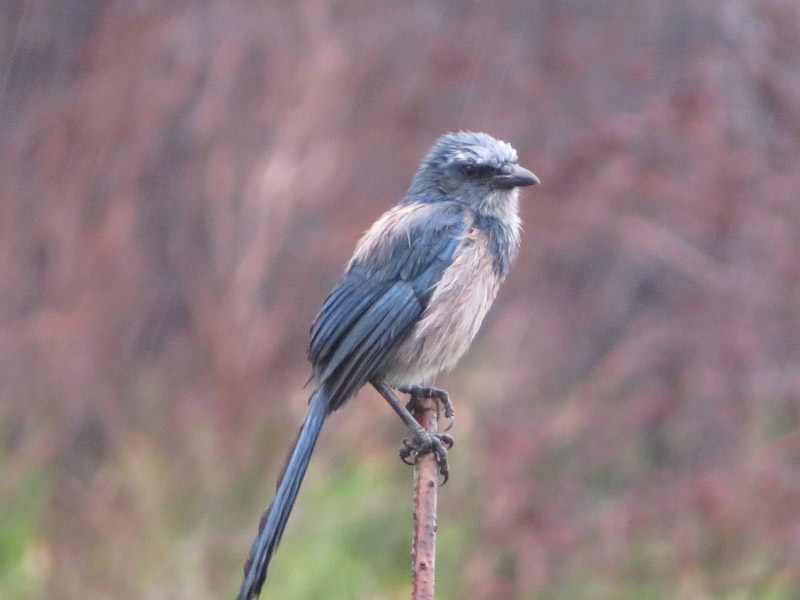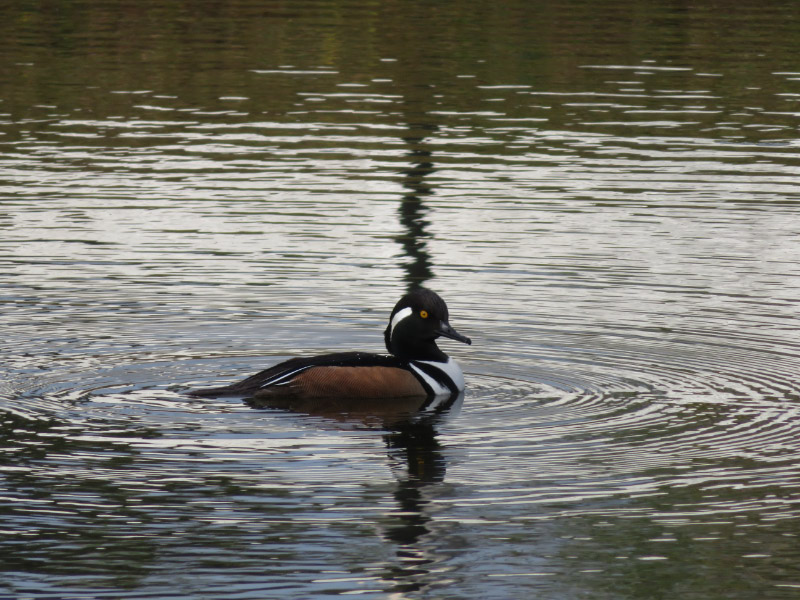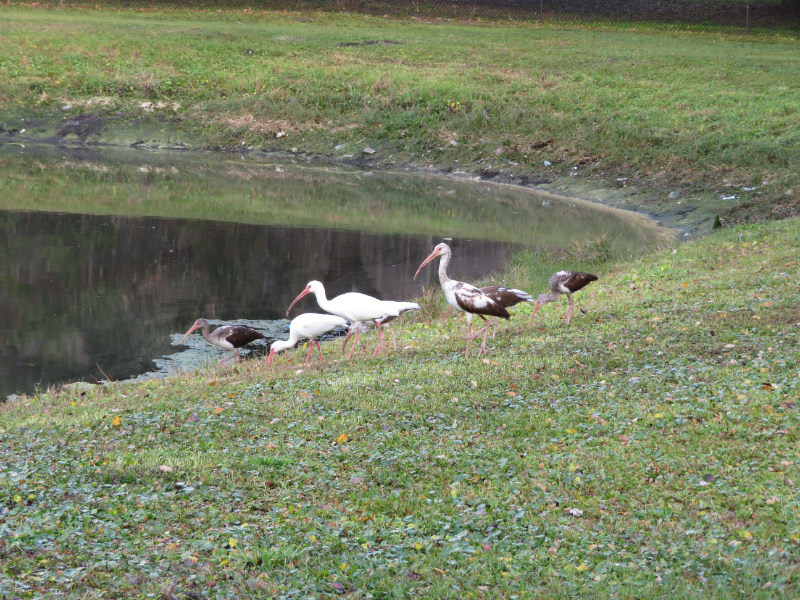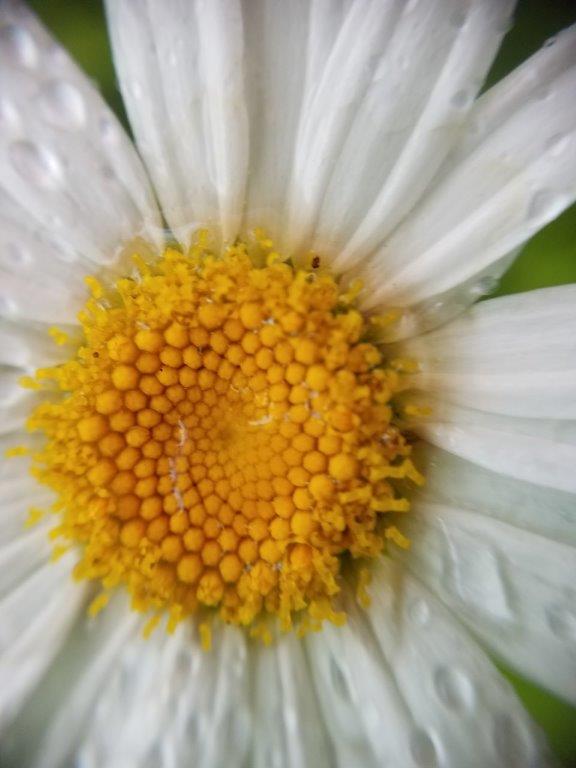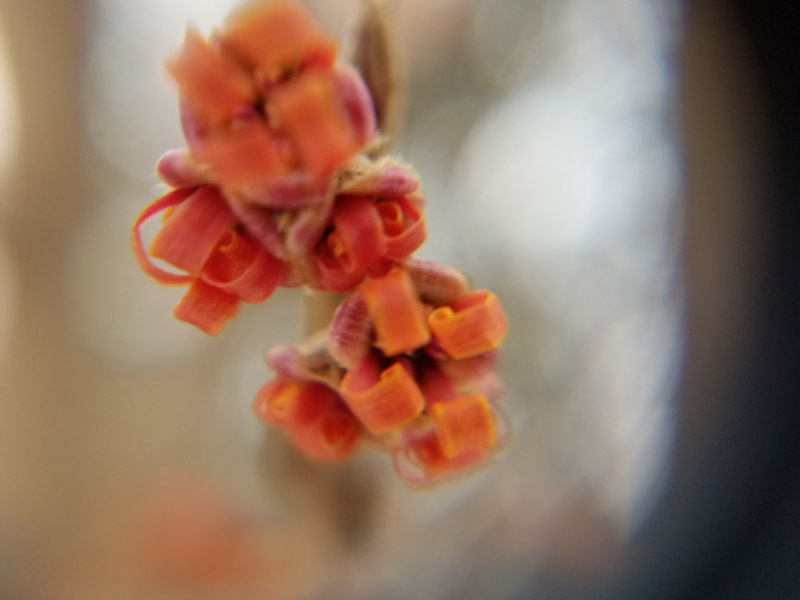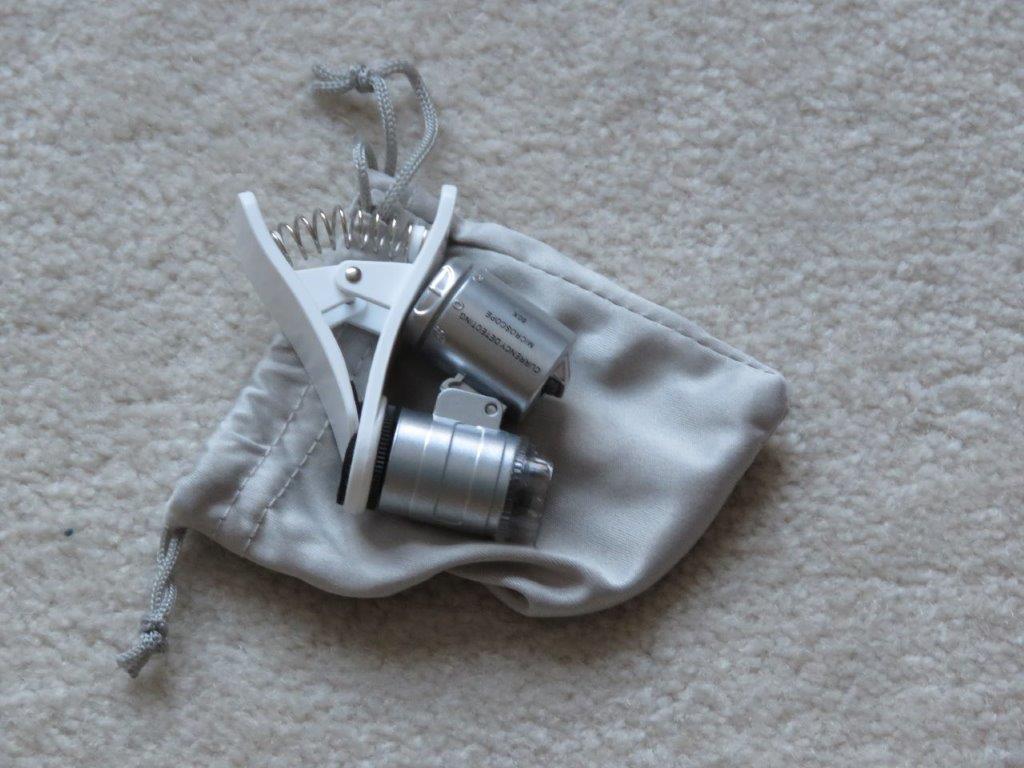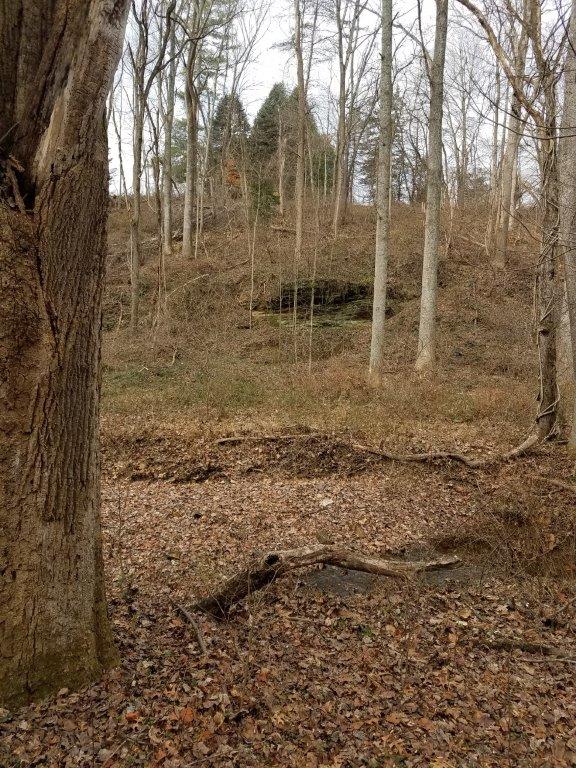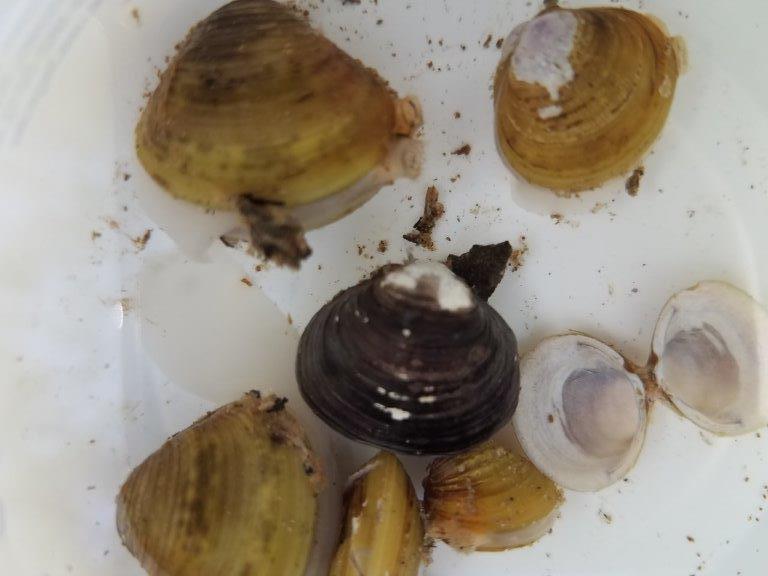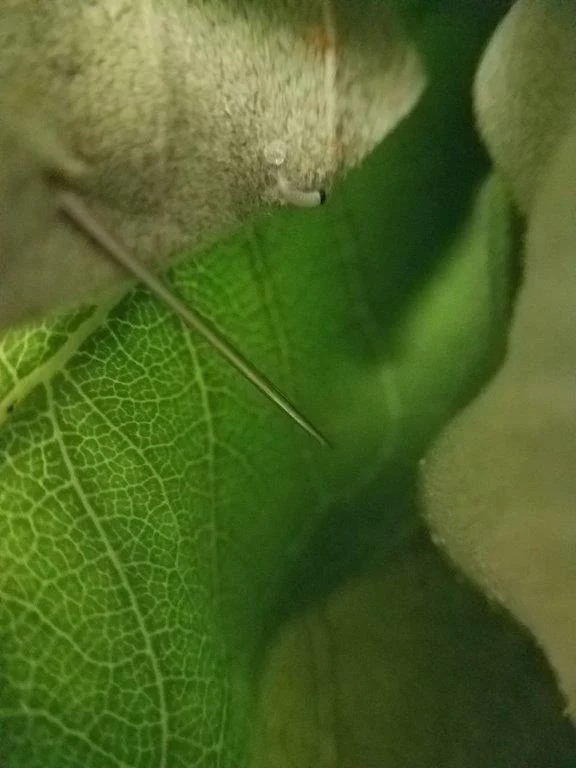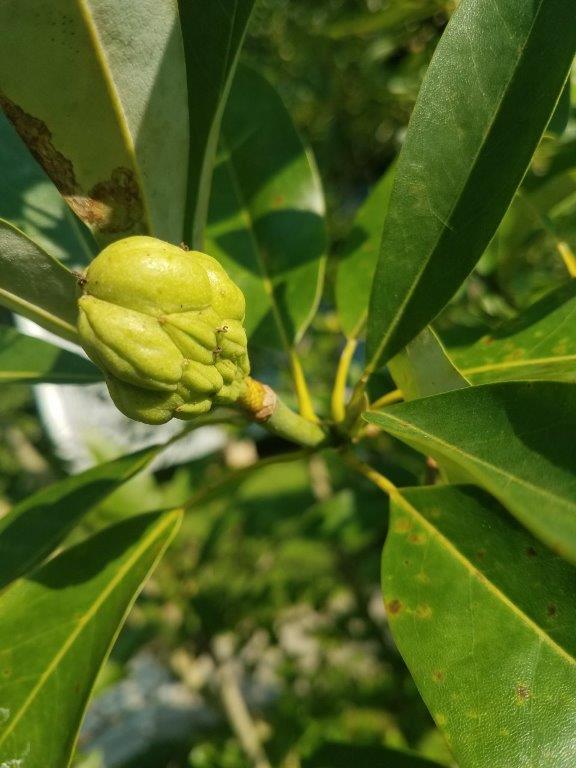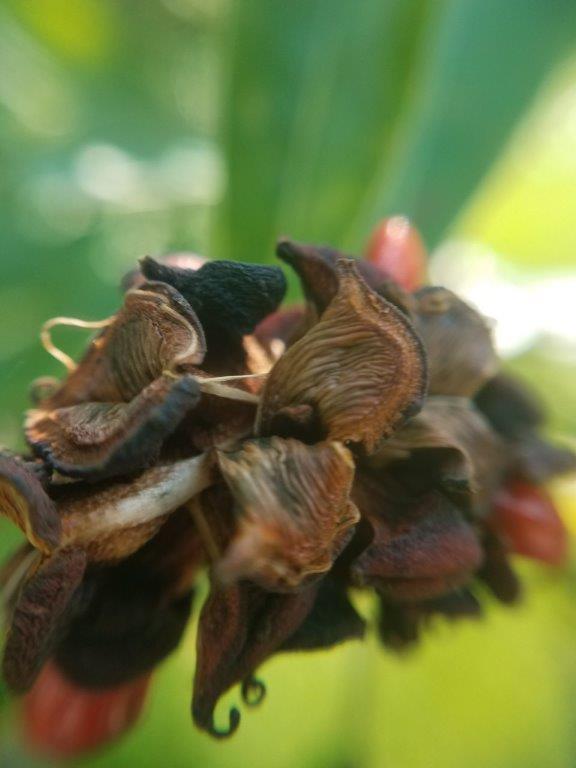The items below were ‘the cream’ of the articles and websites I found this past week. Click on the light green text to look at the article.
Learning Rule: Quantity, then Quality | Scott H Young – Quantity as an initial strategy is probably what I do most of the time….but I throw in a healthy dash of variety of mediums as I go after quantity. And I push myself to actively apply while I am learning all along the way.
Serious loneliness spans the adult lifespan but there is a silver lining: Feeling alone linked to psychological and physical ills, but wisdom may be a protective factor -- ScienceDaily – Most of the time we hear only about the negative impacts of loneliness (the emotion….not necessarily the physical situation). But there are many people physically alone but who don’t feel lonely. This study had a broad age rage of participants and looked at loneliness from multiple perspectives.
Aerial photos of U.S. national parks from space – National treasures…hope that the damage during the government shutdown is not widespread. Joshua Tree has been in the news….very sad.
Nutrients in blood linked to better brain connectivity, cognition in older adults -- ScienceDaily – Reinforcement that we need to eat foods with omega-3 and omega-6 fatty acids, carotenoids, lycopene, riboflavin, folate, vitamin B12 and vitamin D. The fatty acids and carotenoids are particularly linked to better functional brain network efficiency.
The Biggest Science News of 2018 | The Scientist Magazine® - Just catching up on some end-of-2018 interesting posts. I had heard about some of these during the year – but missed some too.
The immune system's fountain of youth: Helping the immune system clear away old cells in aging mice helped restore youthful characteristics -- ScienceDaily -Early days…a lot more research needed. But an interesting idea…helping the body clear out old cells.
There’s a huge and hidden migration in North America — of dragonflies - The Washington Post – It appears that dragonflies migrate. The Monarch is the ‘poster insect’ for migration but it seems like there are more and more articles coming out about other insects that migrate too.
Meeting the Challenge of Feeding 10 Billion People Sustainably in 2050 - News | Planetizen – Land and water to grow food for an expanding population. It’s going to be challenging.
I Dug a Green Grave and Learned the Truth About the Dirty Death Industry – There is a Green Death Movement…and an example is in the Adirondacks called Spirit Sanctuary. In this case the goal is to return bodies to the Earth and preserve a landscape. Interesting…and far more sustainable that the more common burial practices (that include preservatives and waterproof vaults, sealed caskets) and cremation.
The Surprising Evolution of 'The Great Wave of Kanagawa' by Hokusai – A little art history.

